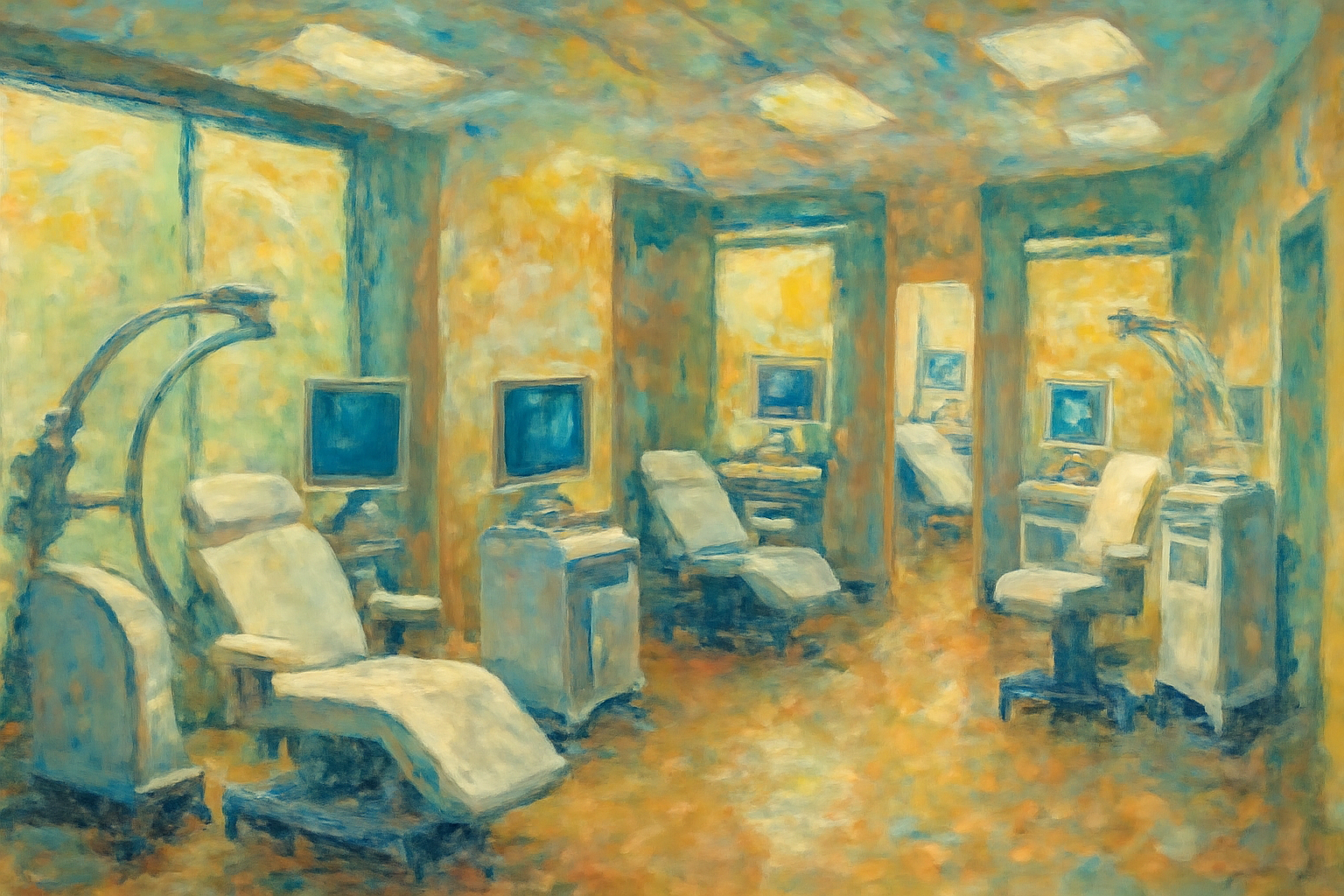
Equipment leasing in healthcare has evolved significantly over the past few decades, driven by technological advancements, regulatory changes, and financial strategies. Traditionally, medical professionals and healthcare facilities faced substantial capital expenditures when acquiring new equipment. Leasing has become a strategic alternative, allowing healthcare entities to stay current with technology without the burdens of full ownership.
Technological Advancements and Integration: With rapid advancements in medical technology, the lifespan of healthcare equipment often outlasts its technological relevance. Leasing provides the flexibility to upgrade or replace equipment as newer models emerge, ensuring healthcare providers have access to the latest technology without the capital outlay. This is particularly significant for high-tech diagnostic equipment and specialized surgical instruments.
Financial Considerations: Equipment leasing offers compelling financial benefits, including preserving cash flow and balance sheet management. Leasing avoids the upfront costs associated with purchases, freeing up capital for other operational needs or investments. Moreover, leasing arrangements can often be structured to match cash flows with equipment use, which can be advantageous for budgeting.
Regulatory Changes: Healthcare regulations are in constant flux, and compliance with updated standards is crucial. Leasing allows for easier compliance with regulatory changes as lessees can upgrade equipment more frequently. This adaptability supports healthcare providers in meeting both federal and state-level requirements without incurring significant financial penalties.
Lifecycle Management: Lifecycle management is streamlined in leasing arrangements, with many lessors offering maintenance and service as part of the lease agreement. This reduces downtime and ensures that equipment is always in optimal operational condition. Keeping abreast of preventive maintenance schedules enhances the efficiency of healthcare operations and patient care outcomes.
Sustainability and Technology Adoption: The push for sustainability in healthcare also supports leasing, as this model promotes the reuse and recycling of older equipment when leases expire. Additionally, leasing can accelerate the adoption of new technologies, which is vital in an era where patient outcomes are increasingly tied to technological capabilities.
Risk Management: Leasing transfers a significant portion of the risk associated with equipment obsolescence and malfunction to the lessor. This risk-sharing is particularly beneficial in healthcare, where equipment failure can have severe implications for patient safety and operational continuity.
In summary, equipment leasing in healthcare has transitioned from a mere financial convenience to a strategic necessity, enabling providers to maintain technological competitiveness, comply with evolving regulations, and optimize financial planning. As healthcare continues to advance, leasing models will likely evolve further to incorporate more value-added services, aligning with the sector's dynamic needs.